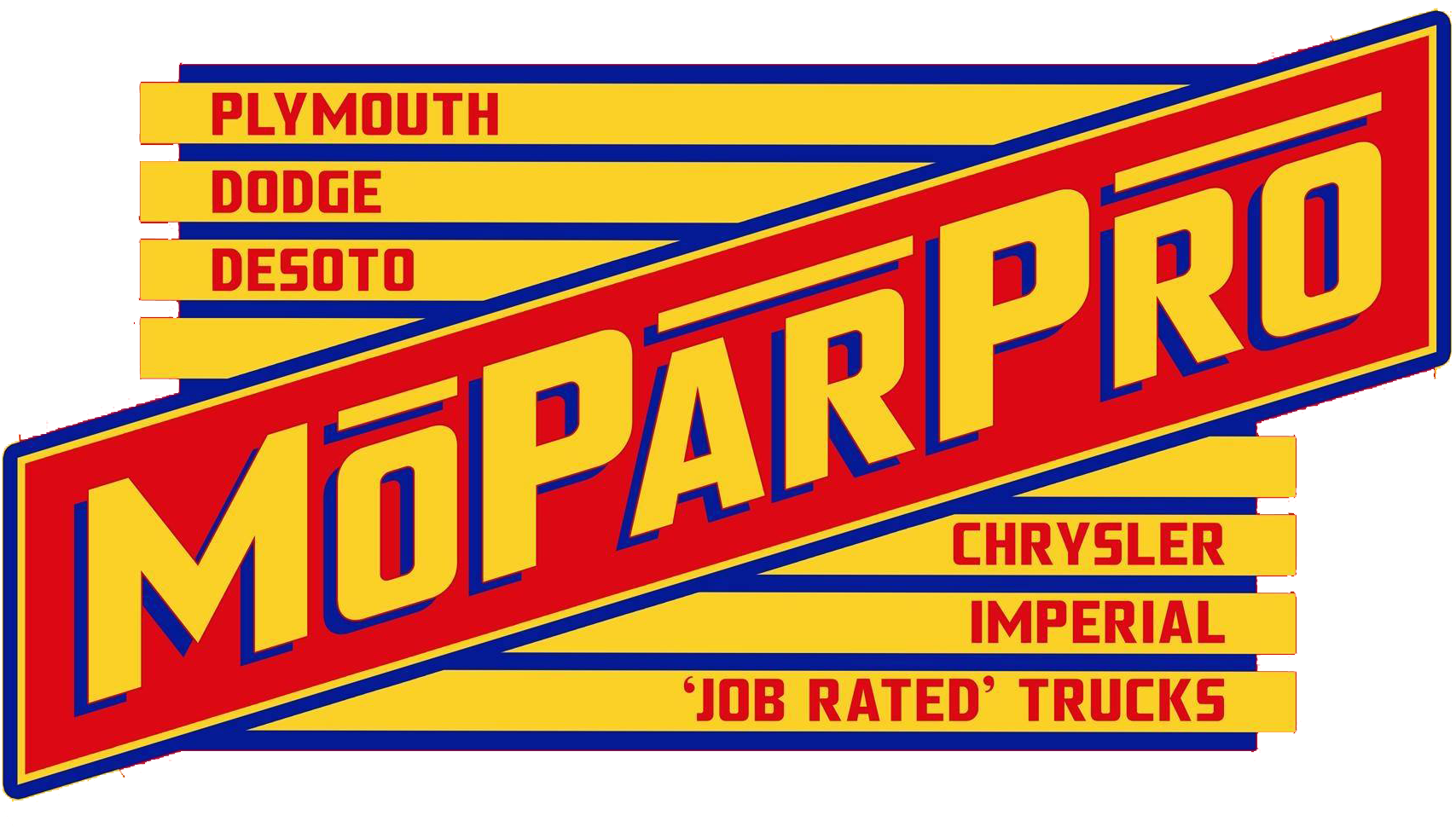1989 Ferrari 328 GTS
Selling Price: $72,200
Exterior Color: Black
Interior Color: Tan
Engine: V8
Transmission: 5 Speed
Body Style: Targa
Stock #:
VIN #:
Specifications
Options
Technical Specification
Transmission 5-speed manual
Dimensions
Wheelbase 2,350 mm (92.5 in)
Length 4,255 mm (167.5 in)
Width 1,730 mm (68.1 in)
Height 1,128 mm (44.4 in)
Curb weight 1,263 kg (2,784 lb)
Vehicle Overview
The Ferrari 328 GTB and GTS (Type F106) are mid-engine V8, two seat sports cars produced by Italian automotive manufacturer Ferrari. It was the successor to the Ferrari 308 GTB and GTS. While mechanically still based on the 308, small modifications were made to the body style and engine, most notably an increase in engine displacement to 3.2 L for increased power and torque output. The 328 is still considered by some enthusiasts to be one of the most reliable and functional Ferraris; unlike other models, much of its maintenance can be performed without lowering the engine from the vehicle.[1] In 1989, the 328 was succeeded by the 348.
The GTB referred to the Gran Turismo Berlinetta (coupé) (fixed roof) body while the GTS was a Gran Turismo Spider (targa top). In 1985, the 328 retailed from $58,400-$62,500 ($130,388 – $139,542 in 2016 dollars) in the United States.
The “328” numbers in the model title referred to the total cubic capacity of the engine, 3.2 litres, and 8 for the number of cylinders. The new model was introduced at the 1985 Frankfurt Salon alongside the Mondial 3.2 series.
1988 Update
Ferrari gave the 328 its only major mechanical update late in the 1988 model year. This mostly “analog” car became a bit more “digital” with the fitting of an anti-lock braking system (ABS) to its ventilated disc brakes.[3] This necessitated a redesign of the suspension geometry to provide negative offset. The overall upgrade required the incorporation of convex hub 16-inch alloy wheels replacing the previous concave versions. Thus the original flat spoke “star” wheels became a convex design, in the style as fitted to the 3.2 Mondial models. The update began with chassis number 76626 (February 1988) and the improved suspension and convex wheels were used whether the car was fitted with ABS or not. In Europe, ABS was an option for all mid-1988 and 1989 models. In the US, mid-1988 models did not have ABS while all MY 1989’s did.[7] The mid-1988 models are often referred to as MY 1988 1/2. The wheel changes are a visual differentiator for the later models. In 1988 and 1989, the side view door mirrors also wore small Cavallino Rampante emblems
The 308 and 328 are considered a family of Ferrari road cars as they share similar (but not identical) body designs and appearances, chassis, and engine designs. Essentially the new 328 model was a revised and updated version of the 308, which had survived for eight years without any radical change to the overall shape, albeit with various changes to the 3-litre engine.[2]
The 328 was the final evolution of the transversely mid-mounted, conventionally aspirated 90 degree V8 Dino engine.[3] The transversely mounted engine is a popular way to save space on the rear-mid, rear wheel drive layout.
The 328 has been described as one of the most usable classic Ferraris because of its durable road record, history of appreciating value, and classical aesthetics
Engine
The 328 uses the Ferrari Dino engine produced from the late 1950s to the early 2000s. It is essentially the same engine design as that used in the 308 Quattrovalvole model. It has a naturally aspirated 3.2-litre (3185 cc), 4-valve-per-cylinder (quattro valve), transverse mounted, rear mid-engine V8 layout (Tipo F105 CB 000). It has a bore and stroke of 83 mm (3.3 in) x 73.6 mm (2.9 in). The engine retained the Bosch K-Jetronic fuel injection system of its predecessor, but was fitted with a Marelli MED 806 A electronic ignition system. It produces 270 hp (201 kW) and 231 lb⋅ft (313 N⋅m) of torque. Its top speed is 166 mph (267 km/h) and reaches 60 mph (97 km/h) in 5.5 seconds and 100 mph (160 km/h) in 13.0 seconds. As with the preceding 308 models the engine was mounted in unit with the all synchromesh five speed manual transmission assembly, which was below and to the rear of the engine’s wet sump. The manual gear shifter was the traditional Ferrari gated design. The transition from a cable-operated clutch to a hydraulically operated one was an upgrade in pedal actuation ease.
Production
The 328 model remained in production for four years (1985 to 1989). By the time it was replaced by the 348 in the Autumn of 1989, a total of 7,412 vehicles had been made. GTS production totaled 6,068 vehicles in the chassis number range of 59301 to 83136.[2] GTS production outnumbered the GTB version almost five to one. GTB production totaled 1,344 vehicles in the chassis range of 58735 to 83017.[6] The early part of each series were numbered in the Ferrari odd number road car chassis sequence, and later examples (post chassis number 75000) in the continuous number sequence.
